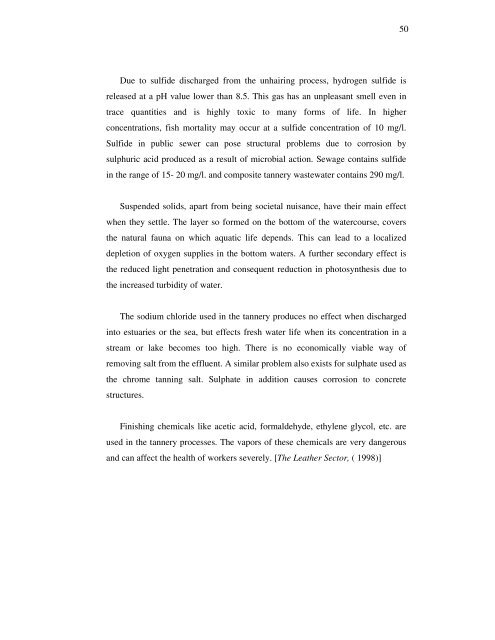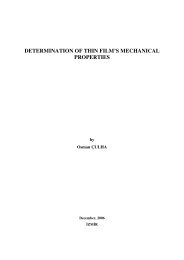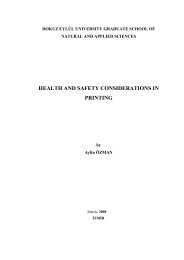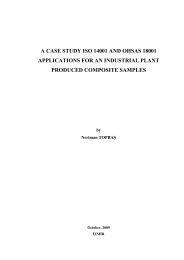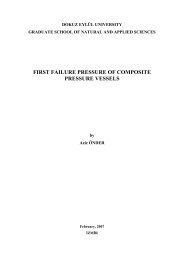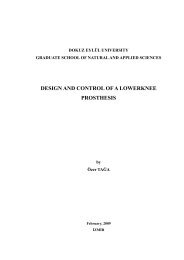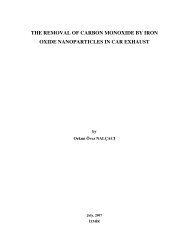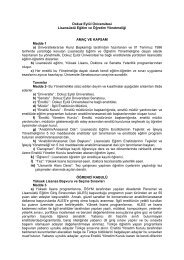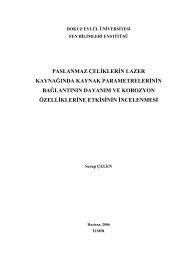WASTE MANAGEMENT IN LEATHER INDUSTRY
WASTE MANAGEMENT IN LEATHER INDUSTRY
WASTE MANAGEMENT IN LEATHER INDUSTRY
You also want an ePaper? Increase the reach of your titles
YUMPU automatically turns print PDFs into web optimized ePapers that Google loves.
50 63Due to sulfide discharged from the unhairing process, hydrogen sulfide isreleased at a pH value lower than 8.5. This gas has an unpleasant smell even intrace quantities and is highly toxic to many forms of life. In higherconcentrations, fish mortality may occur at a sulfide concentration of 10 mg/l.Sulfide in public sewer can pose structural problems due to corrosion bysulphuric acid produced as a result of microbial action. Sewage contains sulfidein the range of 15- 20 mg/l. and composite tannery wastewater contains 290 mg/l.Suspended solids, apart from being societal nuisance, have their main effectwhen they settle. The layer so formed on the bottom of the watercourse, coversthe natural fauna on which aquatic life depends. This can lead to a localizeddepletion of oxygen supplies in the bottom waters. A further secondary effect isthe reduced light penetration and consequent reduction in photosynthesis due tothe increased turbidity of water.The sodium chloride used in the tannery produces no effect when dischargedinto estuaries or the sea, but effects fresh water life when its concentration in astream or lake becomes too high. There is no economically viable way ofremoving salt from the effluent. A similar problem also exists for sulphate used asthe chrome tanning salt. Sulphate in addition causes corrosion to concretestructures.Finishing chemicals like acetic acid, formaldehyde, ethylene glycol, etc. areused in the tannery processes. The vapors of these chemicals are very dangerousand can affect the health of workers severely. [The Leather Sector, ( 1998)]


